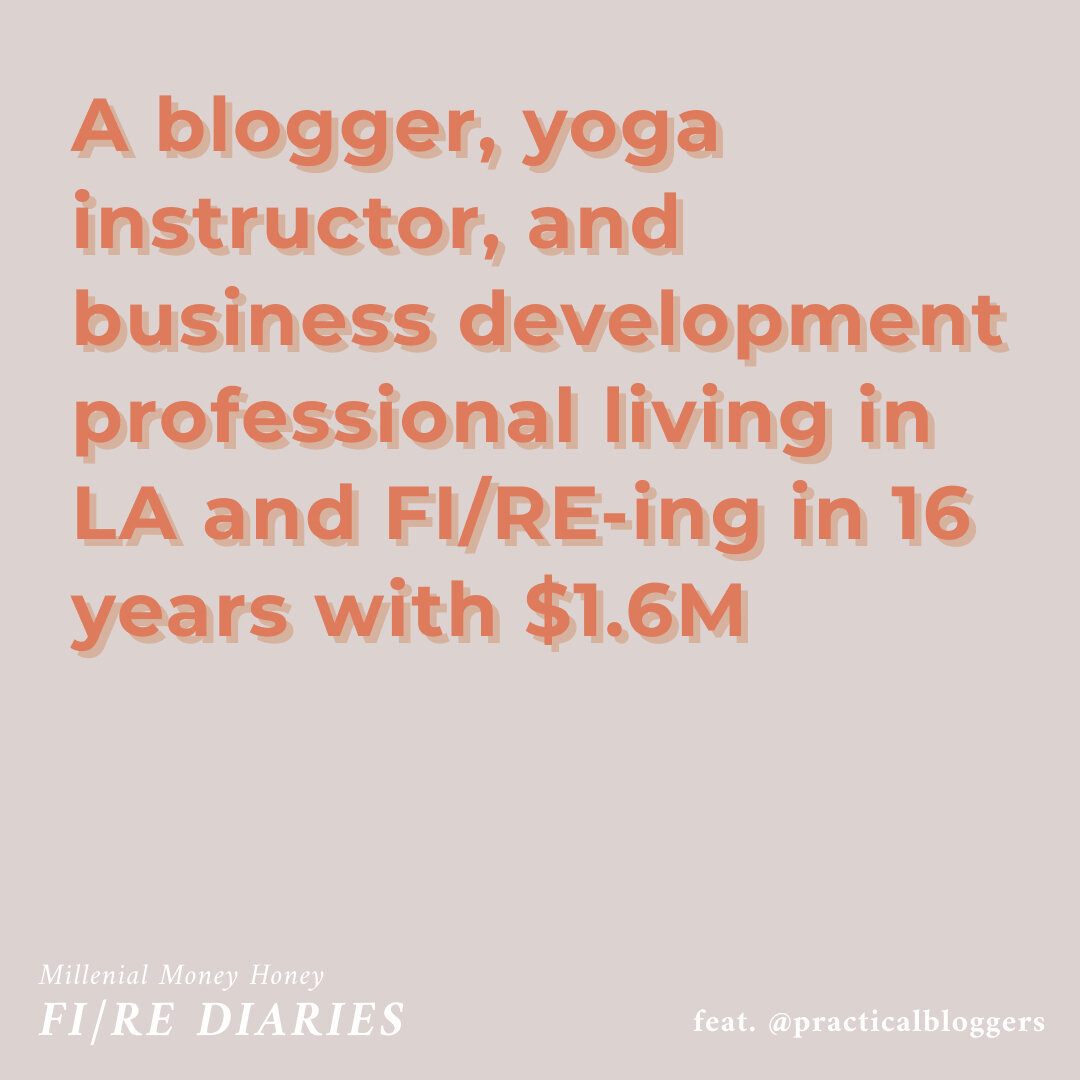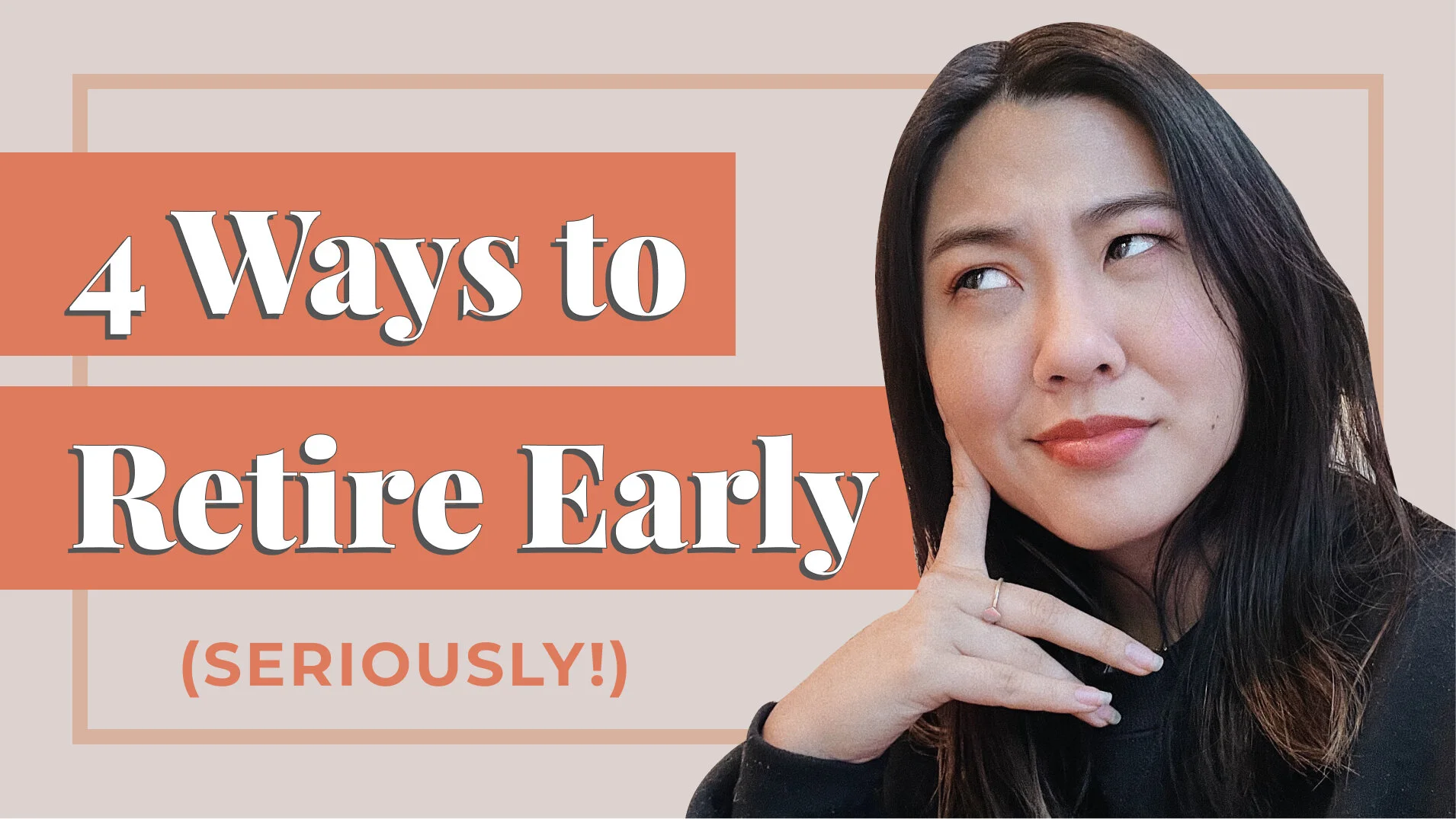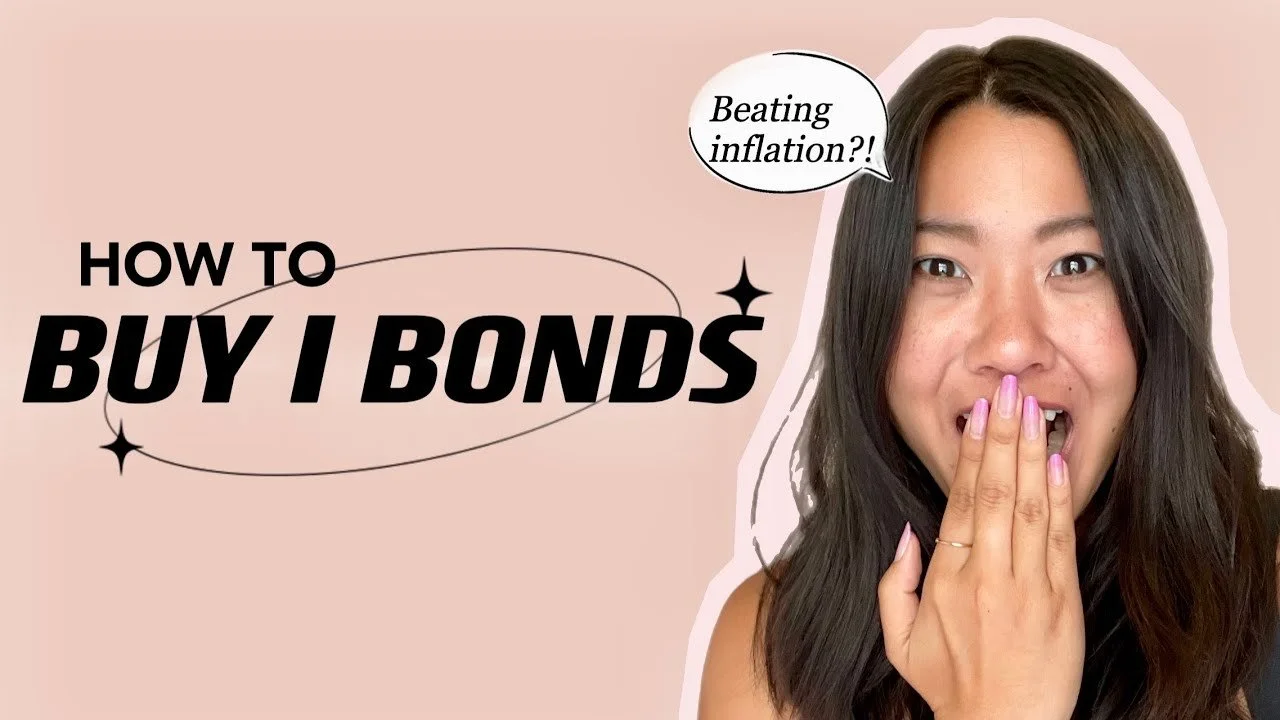Sustainability Starter Pack: 6 Simple Swaps to Save Money (and the Planet!)
/Sometimes being sustainable feels like a hard ask. I get it! That’s why I wanted to share with you the 6 easiest, most mindless swaps that help save you money and help save the environment.
1. Reusable Water Bottle
If you’re looking where to start, look no further than the humble reusable water bottle. Not only does it reduce plastic water bottle usage, which takes years to biodegrade, but it also is chic and cute. I like water bottles that are super great at insulating the cold! Mine keeps ice in there for over 24 hours.
Hydroflasks are a very popular, and trendy option, but there are also great options on the market that do the same job for less. I personally use a TAL 64 oz bottle. (Be sure to use Rakuten with it to get 6% cash back!) This way I know I only need to drink one bottle of water per day and I can tell if I’m not on track!
Stay hydrated, save money, and the planet. WIN-WIN-WIN! :)
2. Fountain Pen
Sustainability but make it fashun! This year I started using a refillable fountain pen. I use a Pilot Metropolitan. When I did my research, this was a good, basic, beginners fountain pen. I needed something easy.
My dad actually started using them years ago because the pressure it takes to write with the fountain is a lot less than the grip you need with a standard pen. He ended up switching to fountain pens for that reason, but I was more interested in the sustainability and sexiness factor. This is a sexy pen! It’s heavy and the nib looks very fancy. There are really fancy ones you can get on Amazon for like $12, so it doesn’t even cost that much to get started.
This one came with a fountain pen and an ink refill cartridge. You’ll take an ink cartridge, put the end into the inkwell, and squeeze the rubber part until the ink stops bubbling. That’s when you know it’s full of ink. Then you unscrew your fountain pen and load the ink cartridge in. It’s super simple once you get the hang of it.
Pilot Metropolitan: $23 at time of publishing
It’s also ergonomic and you don’t have to put a ton of pressure on the paper when you write which causes your hand to get cramped up and callous. It saves you a ton of money and makes you more conscious of keeping track of your pen. This is the only pen I use now. It’s made of all metal, no plastic like those cheap pens you buy.
I really love using this fountain pen. It feels luxe and not only does it make you feel luxe, it saves you a lot of money from ever having to buy another pen again. Again, I use a Pilot Metropolitan, a great beginners fountain pen, but I highly recommend you check out any reusable fountain pen.
Pen: $14.99 // Ink: $11.29 at time of publishing
3. Wool Dryer Balls
Another super easy swap is getting dry balls. I like the wool one’s because they’re all natural and non-damaging. The dryer balls cut down your drying time, the natural motion from the balls bouncing around in the machine helps to beat the water out even quicker and keeps all of your clothes feeling really soft without having to use dryer sheets. Which even knows what’s in those dryer sheets—I don’t.
I really like using these dryer balls in place of dryer sheets. They keep my clothes soft, cut down on the drying time, and I’m not buying dryer sheets ever again.
$6.99 for pack of 6 at time of publishing.
4. Safety Razor
Honestly, I can’t think of a reason not to switch to safety razors. In addition, to giving a better shave and reducing irritation, they are less expensive and more eco-friendly than normal razors. Seriously, what more could you ask for? One handle will last a lifetime, and the blades (which come in bulk!) can be recycled at your local recycling center.
I specifically like a butterfly safety razor because it’s easy to twist open and replace the blade. It goes right on top and that’s the only thing you are really replacing. For a pack of 100 blades it cost about $6-$7. Traditional razor-heads for women are really expensive and add up so quickly. So for a pack of 100 of these razor blades you could change it out every couple days and you’d be gold in for the entire year.
Vikings Blade Chieftain: $29 at time of publishing.
I will say, it takes a little bit of a learning curve. And something that I miss about Traditional razors is the pivoting head that gets inside all the curves and your curvy lady parts. Razors were designed by men for men way back when to shave their beards and that area is easier to get to. So it takes a bit of an adjustment getting used to the weightiness of a safety razor and the feeling of a single blade.
A modern woman’s razor has like three or four blades. This one only has a single blade, so that way it’s not cutting so close to your skin. When you have that many blades, it cuts the hair below the skin, which is how a lot of people get razor burn and ingrown hairs. This is actually something my dad turned me onto because he was getting a lot of ingrown hairs and I do too under my armpits. The switch to a safety razor has helped a lot with that.
Safety Razor: $16.98 // Razor Blades: $14.97 for pack of 50 at time of publishing.
Something I am interested in trying out is a Leaf Razor ($84 at time of publishing). It has a lot of the same properties of a single blade safety razor, but they modernized the design to have a pivoting head. It’s also made of metal, plastic-free, and you use single blades. You can put in a single blade, or it can hold up to three which is nice to have that option.
The Leaf Razor is more of an investment, but a beginner safety razor will run you about anywhere from $15-$30. It’s a worthwhile investment sheerly from not having to place your razor head over and over again.
5. Shopping Bags
Living in California we actually have a plastic bag ban. That means whenever you go to the grocery store they will charge you $0.10 if you don’t bring your own bag to reuse. Obviously it’s a financial incentive for people to bring their own reusable bags.
I keep like 5-10 bags (probably an excessive amount) in my trunk just so that they are always handy even if I bring some in and forget to put them back. That way I’m ready to go and can pull it out when I’m ready to do my grocery shopping. It’s really very low effort to remember to bring your own bags. At this point it’s a habit.
My favorite ones are the standard size Baggu bags. They come in a ton of fun prints! I have a shark one, a llama one and one of my favorites is one that’s made to look like a classic plastic one. Since I am a designer I really like bags that are cute and aesthetically pleasing and not only that but they’re super, super functional.
3-Pack: $36 // Single Bag: $12 at time of publishing.
If you’re going to be sustainable, you want to make it fun and have the things you use spark joy whenever you go to use your bags. It sparks joy when I’m packing my groceries up.
These can carry like 3 gallons of milk and it will still hold up. I only need two or three per grocery trip, but the sides expand. There’s extra space on the sides so you can hold a lot of stuff in this bag. I love my Baggu bags. They’re super functional and practical. They fold up into these nice little pouches. I think they are about $12-$16 and they have new prints every year.
I really like to give these as stocking stuffers or a white elephant gift because I’m so practical. I'm like well this is totally something anyone can use even if they aren’t as eco-chic as you. Everybody could use a large nylon tote, right? I have been known to even steal these back at my own white elephant parties. Not gonna lie, I brought as my gift and definitely stole it back. So think about that for your next white elephant party, if you have any this year…although who’s having white elephant or Christmas parties this year. *WOMP*
6. Rechargeable Batteries
This is not as fun as my reusable bags, but this product is something I use all the time. It runs many of the little appliances in my life and it’s so behind the scenes but it’s always good to have these on hand and that is rechargeable batteries.
Whenever I have a little appliance, like the clock on my wall, and the batteries die, I replace it with a rechargeable battery–my coffee foamer, all of my flashlights I use for camping, literally any little thing that uses batteries. It’s just a matter of having enough extras on hand so I can recharge them. Usually things don’t run out at the exact same time so I have maybe four on hand that I can use as my reserve.
Rechargeable Batteries + Charger: $14.97 for pack of 50 at time of publishing.
I got a rechargeable battery set a couple years ago and it’s really great. The charger I have is for AA batteries and it can also charge AAA batteries. Rechargeable batteries are the way to go. Batteries themselves are so expensive and if you find yourself running out of them a lot it really adds up. Not only does it add up monetarily but batteries aren’t great for the environment, so it’s great to have these rechargeable ones.
Just like your phone, the batteries degrade overtime. Eventually you would want to replace them, but for the years and amount of use I get out of these, these are SO worth it.
There are so many ways to help preserve the environment that don’t require you to completely change your lifestyle. I’ve found that starting with small, easy swaps has led to me making more and more sustainable choices. The impact on my day-to-day life is barely noticeable, and it saves me money in the long run! We only have one Earth to live on, which means it’s so important that we take care of it. Have you made any simple sustainable swaps recently? Share your eco-friendly hacks in the comments below!
Save your money. Save the planet.
Disclosure: Some links on my site are affiliate links, meaning, at no additional cost to you, I may earn some compensation. All opinions are 100% my own! I truly appreciate you and your support. :)













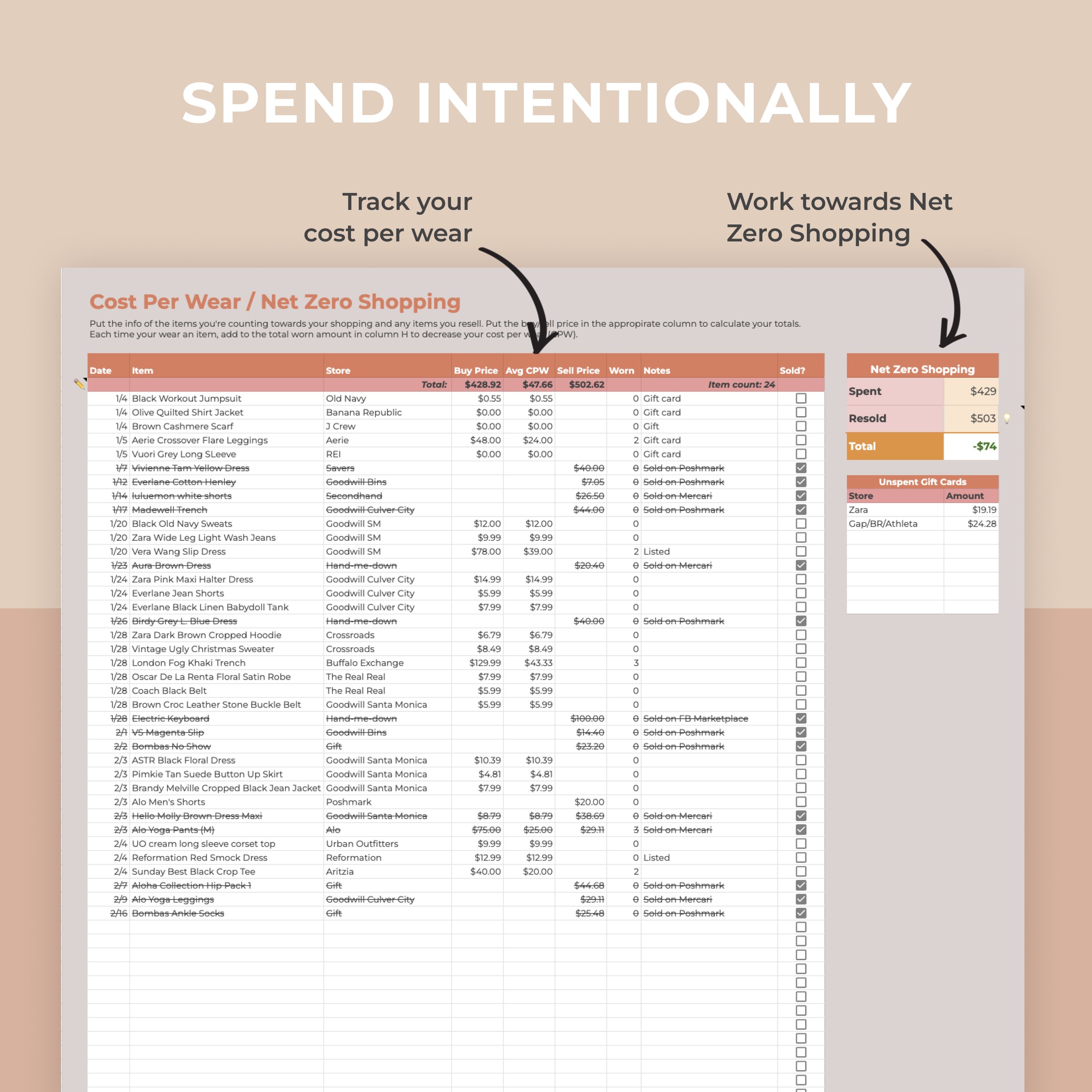








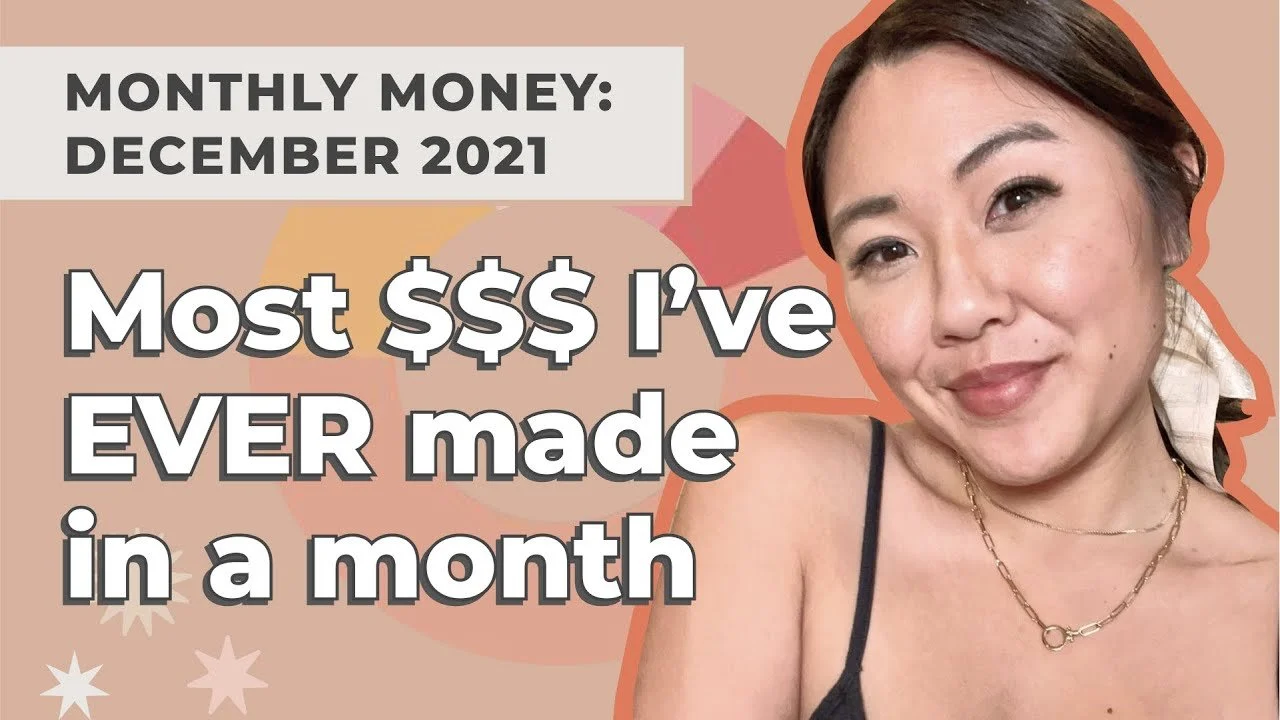
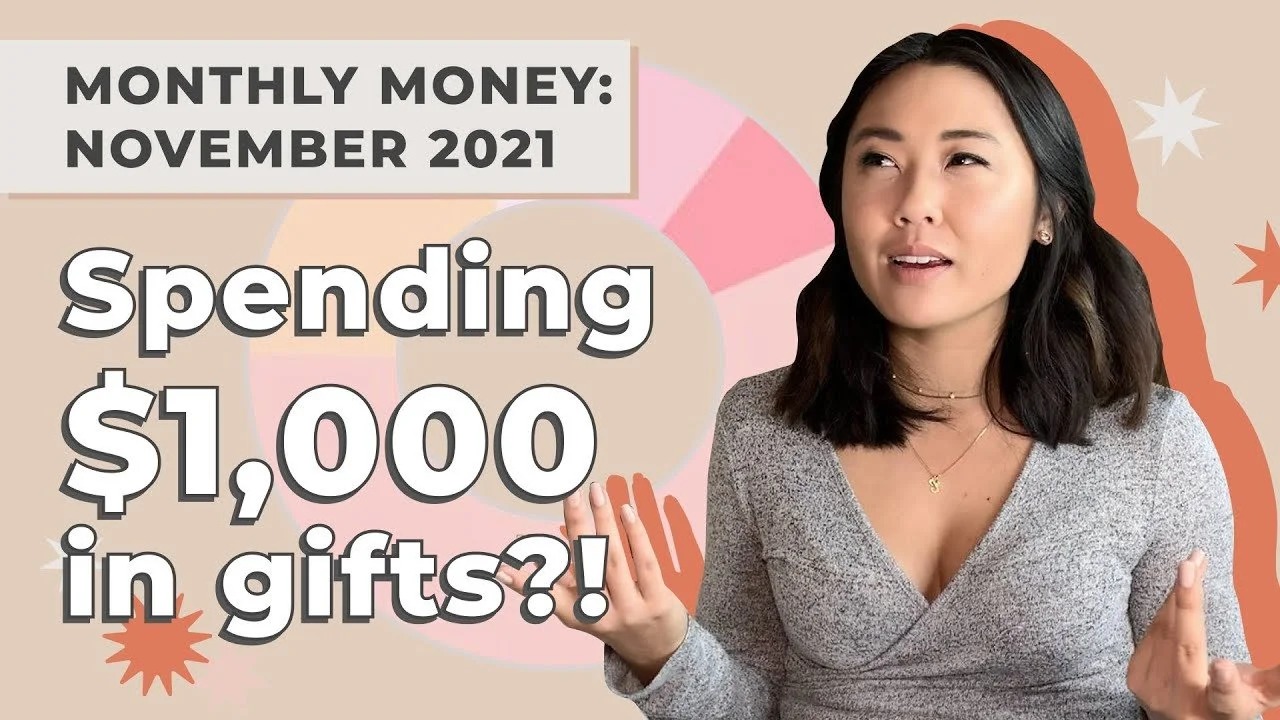


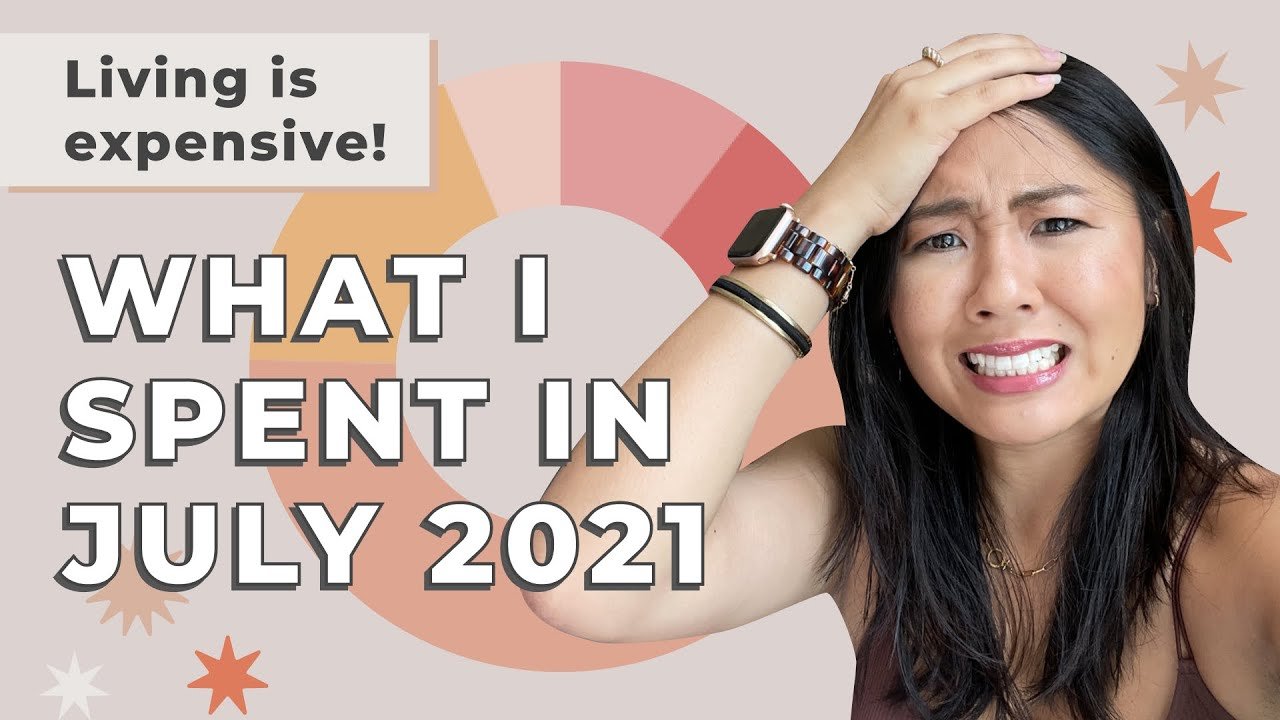
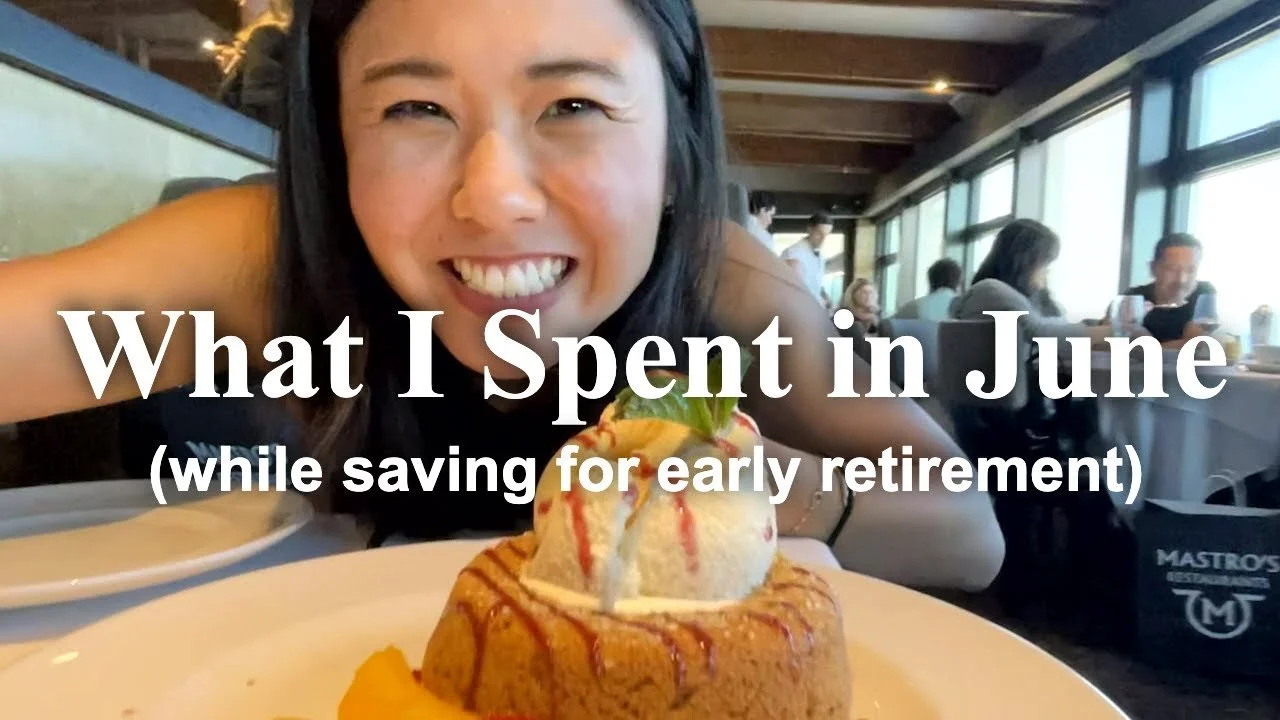





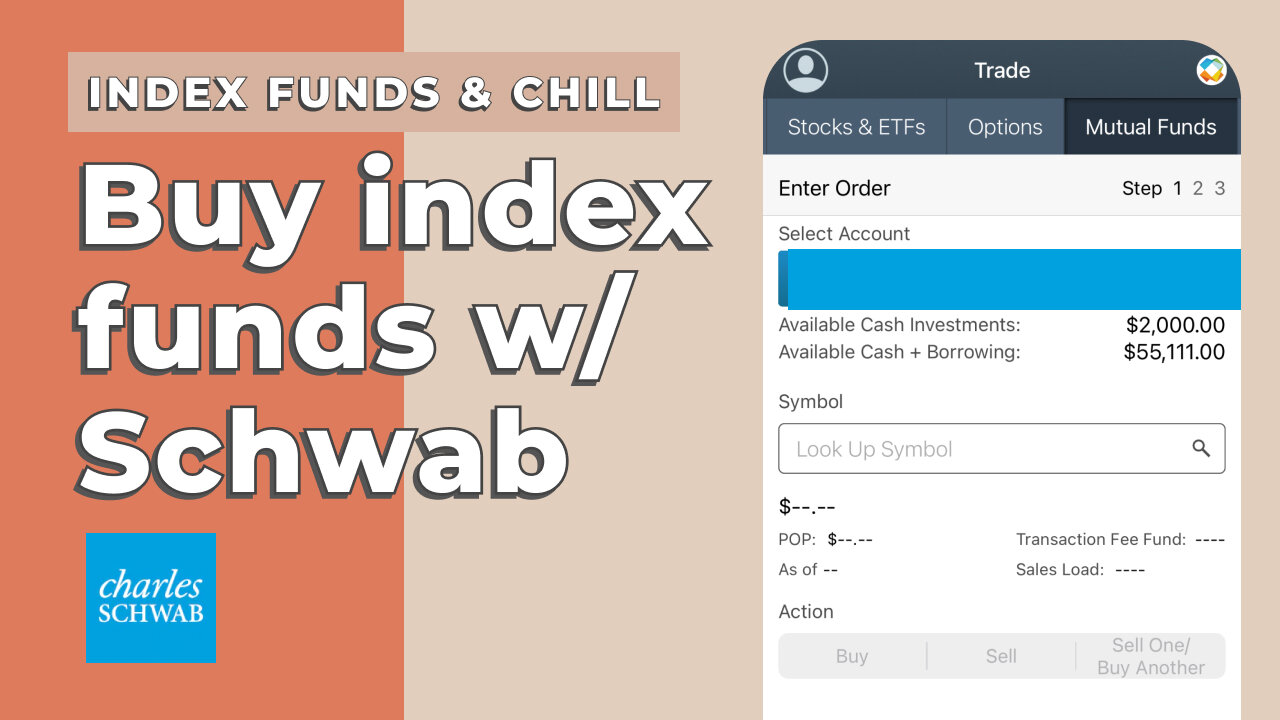



![[Closed] *GIVEAWAY!* Millennial Money Honey Shop is open!](https://images.squarespace-cdn.com/content/v1/5d75d967a6cf7c535dd64803/1599244949238-5UKEL2UONTDWGSKWK01S/Mockup8.jpg)








